Memories of a collecting trip
I still remember the first year of university in the 80s, last century, our group of more than ten students went to An Nhon (Binh Dinh province) to do fieldwork, collecting folk literature for the faculty and the province. We stayed in some kind, self-sufficient families, and every day we split up and went in different directions, to communes and villages to meet this person and that person, especially the elderly, to learn, collect, record, and compare different versions. Looking back now, I realize that the collecting activities at that time were simple, "for fun" but had no small value and meaning.
Binh Dinh is famous for its rich, diverse and abundant treasure of folk tales, folk songs, proverbs, folk songs, and dialogues. From the activities of collecting, listening to stories, listening to explanations, especially about the production, living and fighting activities of the land where the multi-tone musical instrument was born, we can clearly understand the origin and fully and deeply feel the beauty.

-Binh Dinh has a mountain of waiting husbands.
There is Thi Nai lagoon, there is green island
I go to Binh Dinh with you
Eat pumpkin soup with coconut water.
- I'm going back to Dap Da, Go Gang.
Let me spin alone in the moonlight.
- Who is back, tell your source
Young jackfruit sent down, flying fish sent up.
When I was little, my mother used to sing me the above folk song:
Who is back, please tell the source
Young jackfruit sent down, flying fish sent up.
…
It was also during that time that I first learned about the real Bau Da wine. That was when I went to learn about the "divine" drink in the hometown of Nhon Loc. A family treated me to a batch of the most delicate wine that was in the process of distillation, while Mr. Nhan took a sip of hot wine, let out a sigh, without saying a word for some unknown reason, probably not thinking of the words "delicious", "satisfying", after a sip I felt like I was electrocuted, my body was burning hot.
Oh, the wine is not strong, not too spicy, light as a puff, easy to drink the whole glass. But the pure distilled water runs to the person, tingling there, from the mouth to the throat, stomach, surprisingly fast, in a moment the mind is light, high hard to describe. However, the intoxication quickly passes, the drinker does not have a headache, aches, thirst, the aftertaste is pleasant, satisfied is real. It is not an exaggeration to say that the Tay Son army ate rice rolls, rice paper, drank Bau Da wine and marched at lightning speed, in a flash defeated 200,000 Qing troops, supported Le and destroyed Trinh, crushed the ambition of the Siamese army at Rach Gam-Xoai Mut.
Sadly, fake Bau Da wine is rampant these days. Recently, it is good to see that in the plan to develop craft villages, traditional products, and serve tourism, Binh Dinh is determined to restore the original, original, and pure state of the unique traditional Bau Da.
We also discovered that An Nhon countryside is very devout to Buddhism. There are many pagodas here, monks and lay people, who work in the fields during the day, chant sutras and pray to Buddha at night, and eat vegetarian food on the full moon day. Every pagoda has volunteers who participate in doing charity work, burning incense, sweeping and cleaning. Also in this place, famous novels by the martial arts writer Kim Dung such as: The Legend of the Condor Heroes, The Return of the Condor Heroes, The Deer and the Cauldron, The Heaven Sword and Dragon Saber... were translated and published before 1975 by a very famous translator Mong Binh Son. The author's Chinese pen name comes from the place name of his hometown: An Mo Mountain, currently in Nhon Tan Commune, An Nhon Town, etc.
Lost in song...
Now, returning to the folk song “Who comes back and tells the source/Send down young jackfruit, send up flying fish”, there are a few points the writer pays attention to. In terms of phonetics, the pronunciation of Binh Dinh people (or Phu Yen people, also from the source) is “gôi”, not “gúi”. Secondly, in fact, Binh Dinh has a terrain of mountains, plains, and islands. “Nậu nguồn” - people living in the source, in a high, far place, does not necessarily have to be in another province or region. For example, An Lao, Hoai An, Van Canh, Vinh Thanh in Binh Dinh can all be considered the source.
However, in terms of administrative boundaries and topography, the Tay Son Upper region is clearly the source compared to the Tay Son Lower region. Further, because these two places were large in the past, and separated by the long and dangerous An Khe pass, one was the long-standing residence of the Jrai and Bahnar ethnic groups, the other was the home of the Kinh and Binh Dinh people.
So what about the “products” of the exchange agreement (or “gifts” sent to each other): young jackfruit from the source, flying fish from the downstream? First of all, these are rustic things, not very valuable. Flying fish is not a high-class specialty. Young jackfruit is even less so, and it is not only available in distant lands, in the source. So clearly the agreement, the message: Remember, if young jackfruit is sent down, flying fish will be sent up, is just an excuse, deep down is the hidden love. So what kind of love is this?
Is it the love of the people from the mountains and plains, the source and the lowlands? This explanation, this layer of meaning cannot be denied. But the way of sending a message from afar, without a name or specific address, but very earnest, very nostalgic: "Who comes back to message with the source" seems to be only for one object, one specific person. Who is that person, male or female? The way of sending a message that seems "vague" and distant to the "source" is actually discreet, no less subtle, it can only be in the psychology of the woman. I guess, this is a message from a lowland girl to a highland boy, the source. Explaining it like that, am I being subjective, am I being led by the folk song because of my love?
So, does this folk song mention anything about culinary customs: young jackfruit cooked with flying fish? Of course it does. Because, why not send/exchange something else but flying fish with young jackfruit. Surely flying fish must be cooked with young jackfruit to be delicious, to be attractive? Simply, with only 14 words, the folk song has fully reflected a rustic dish, long-standing culinary experience and customs as well as the love of labor of the people of a land.

To be honest, as a native of Binh Dinh, although I spent most of my time working in Gia Lai, I, like many other people from the countryside, am familiar with flying fish and young jackfruit. This is the peak season for flying fish. Spring, until April and May, is the flying fish season along the central coast. This type of fish is fat, 25-30cm long, with long fins and tails that can fly dozens of meters at sea. I witnessed this because I was on a business trip to Truong Sa. Every time the ship stopped, dropped anchor at sunset, and finished eating, the press gathered around the stern of the navy ship to watch the soldiers turn on the lights to catch flying fish for bait.
In the dark, when the high-powered lights were turned on, the flying fish rushed to the surface like crazy, falling into the traps set up, very easy. The fish caught only used the meat on both sides of the flank as bait. Wondering why they didn't take all of the fish, the other meat, then "opened their minds": the flank meat of the flying fish has the strongest characteristic of phosphorescent silver, even when submerged several hundred meters deep in water, the prey can still see it. Still not satisfied, but okay, accept that explanation.
Talking about this type of fish, it has long been in the food of my hometown people. Actually, the countryside people do not appreciate flying fish. The fish has a lot of meat but the quality is not too outstanding. In particular, it is quite picky about cooking techniques. If the technique is not "high-level", the finished product will not be as expected, will be less attractive. Another thing is that many people who eat this type of fish often have allergies, itching and are very uncomfortable. Rarely used, but if bought, my mother often braises it with turmeric, braises it with coconut to glue, or braises it sweetly to eat as soup.
Young jackfruit is very familiar, Binh Dinh has a lot of jackfruit, my house has several trees around the garden, both wet and dry jackfruit. My feet still have burn marks from stepping on hot ash to get salt to dip jackfruit balls, when I was a child. A lesson for life, don't be mistaken that there is no fire in the ash!
Not to mention that jackfruit balls are a snack that all country kids know. Jackfruit, whether young or old and ripe, is almost always used, to eat or to make vegetables, salads. My wife sometimes buys a box of young jackfruit salad mixed with crushed peanuts. Oh, it has been a long time since I had the chance to enjoy boiled bread (fresh cassava is ground into flour to make the outer shell, the inside is the filling of cooked jackfruit rice mixed with fish sauce, salt, onion, pepper). An unimaginable delicacy during the war years, the difficult years of the collectivization period...
Young jackfruit cooked with flying fish. This is also a dish that my mother used to cook. After buying the flying fish, clean it, drain it, marinate it with fish sauce, salt, spices, and crushed turmeric, or grill it over hot coals until the skin is charred before stewing. To make it more delicious, my mother used a little oil and fat to fry onions until fragrant before putting the fish in the pot. Wait a while until it smells good, my mother adds the young jackfruit, mixes well, and covers the pot to stew for a few dozen minutes before removing the pot from the stove.
In addition, with the same ingredients and spices, but when braised in a clay pot, adding a little coconut milk, the dish deserves the phrase "delicacy". Braised just right, or more salty, it is still irresistible. I am not an expert, so I let the expert analyze and explain the delicious combination of dishes that is both "reasonable" and unique.
A little bit of digression to see, how must it be for young jackfruit and flying fish to enter folk songs? A dish if not too ordinary. Two gifts given are not very valuable. But combined, they become sparkling deep in both soul and mind, full of sympathy, understanding and affection. Could it be, who (you, nau) is the one who swears the oath? It takes hundreds of years, or more, for folk to summarize into generational experience, into deep, inseparable feelings, with pairs of "categories" that cannot be replaced or separated: young jackfruit and flying fish, down-up, affectionate messages, sincere promises.
Suddenly realized: how long has it been since I enjoyed the old country dishes? Struggling to make a living, wandering far and wide, miserable and seemingly at the end of my rope, ecstatic to the point of being lost in the clouds, hundreds of dishes have been served, yet... Because life has changed, the old dishes only remain in memory. The same ingredients, the same young jackfruit, the same flying fish, but the way of preparation is no longer the same as before, the level of culinary skills is now different, etc... I explain and understand that, but I am not satisfied or at ease.
"Scholar" has
Old people live on memories. I am like that. Missing the rustic dishes of the past makes me miss my hometown, missing my mother who is no longer here, old stories, familiarity that are hard to fade away…
At this time, I was preparing to retire, my colleagues were preparing to start a new journey. They were a bit worried, anxious about the merger, moving, family, work. Then the naming of new provinces, communes and wards. But above all, everyone supported the great policy, for a new era, new opportunities. All beginnings are difficult. A smooth start leads to a smooth ending. After hardship comes ease. The ancients have concluded the rules, as well as the lesson of optimism. It is not an exaggeration to say that the scholars have existed, have been there!
Gia Lai is now the homeland of more than 40 ethnic groups. Most of the Gia Lai people come from Binh Dinh, Phu Yen (also known as Xu Nau), Quang Ngai, Quang Nam… It is not strange or distant when Gia Lai merges with Binh Dinh.

In the past, Gia Lai and Binh Dinh had a close relationship. Gia Lai is the homeland of the Jrai and Bahnar people and over time, history has left a strong mark of close connection and attachment with the people of Binh Dinh.
Researchers have shown that the indigenous peoples of Gia Lai and the Kinh and Bahnar people of Binh Dinh have a long-standing cultural, commercial and exchange relationship. Binh Dinh and Gia Lai are adjacent to each other, so it is natural that they have business relations, exchange of products, goods, rice, salt, gongs and jars. Some areas of Gia Lai became administrative units of Binh Dinh in the past. The first Kinh residents in Gia Lai were also confirmed to have originated from Binh Dinh. The ancient An Khe area of Gia Lai was Tay Son Thuong Dao, while the area below An Khe Pass in Binh Dinh was Tay Son Ha Dao. The heroic history of Gia Lai, Binh Dinh and the nation under the Tay Son dynasty cannot be separated from the role of the three brothers Nguyen Nhac, Nguyen Lu, and Nguyen Hue.
The close-knit brotherly relationship, sharing the good and the bad, is even more profound and developed during the revolutionary and construction and development periods. There are still many other grounds to affirm the close-knit, inseparable brotherly relationship between Gia Lai and Binh Dinh, especially in the light of the new era.
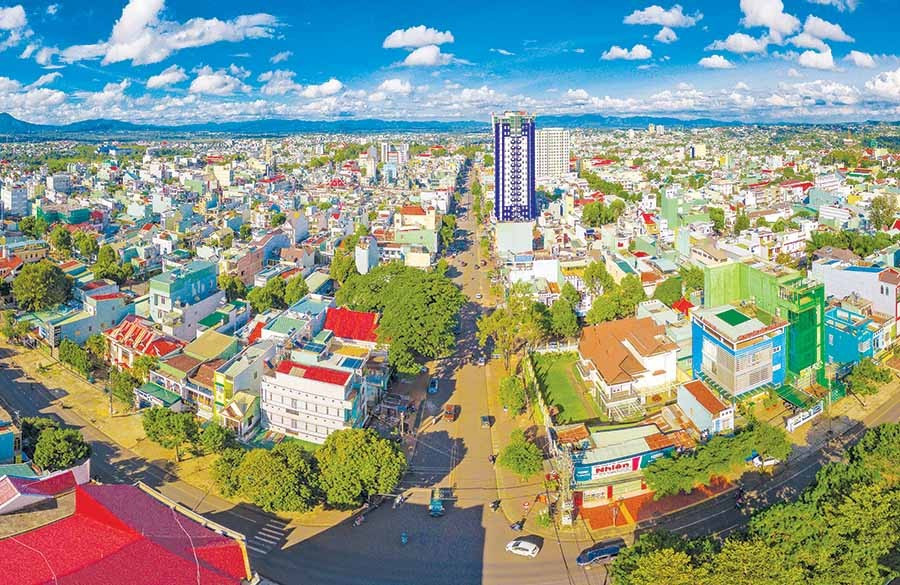
In reality, life is never perfect, all phenomena have different advantages and disadvantages. This is the first time the Central Committee has “done something big”, counting on hundreds of years. If we talk about precedents, they exist, but they do not reflect all the difficulties and obstacles. However, the reality of the revolution requires it, we cannot hesitate, losing opportunities. Therefore, we must be determined to do it, do it by all means. Do it with the highest political determination, like entering a revolution, without discussing the way back.
It was there before, now it is clearer. For the future and the great goal. Join hands to contribute a small part to the new journey of Gia Lai-Binh Dinh. For it to last forever and be more profound, more emotional than the old song!

Merging Gia Lai and Binh Dinh: One new province, two strengths, many expectations

Binh Dinh issues 'hot' instructions on expressway connecting to Gia Lai
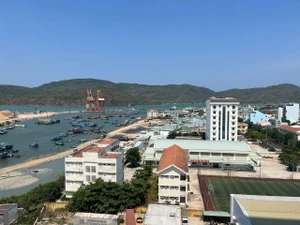
Plan to merge Gia Lai and Binh Dinh into Gia Lai province
Source: https://baogialai.com.vn/tu-trong-cau-ca-nghia-tinh-post321088.html


![[Photo] Ha Giang: Many key projects under construction during the holiday season](https://vphoto.vietnam.vn/thumb/1200x675/vietnam/resource/IMAGE/2025/5/1/8b8d87a9bd9b4d279bf5c1f71c030dec)
![[Photo] Binh Thuan organizes many special festivals on the occasion of April 30 and May 1](https://vphoto.vietnam.vn/thumb/1200x675/vietnam/resource/IMAGE/2025/5/1/5180af1d979642468ef6a3a9755d8d51)
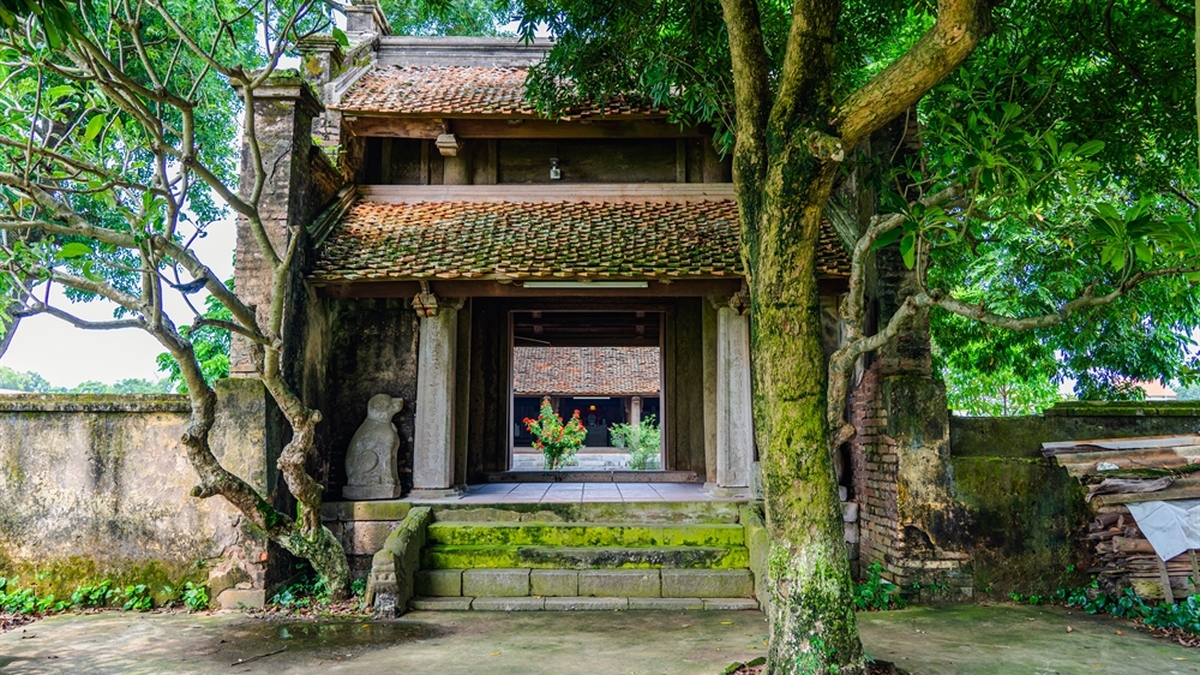
![[Photo] "Lovely" moments on the 30/4 holiday](https://vphoto.vietnam.vn/thumb/1200x675/vietnam/resource/IMAGE/2025/5/1/26d5d698f36b498287397db9e2f9d16c)

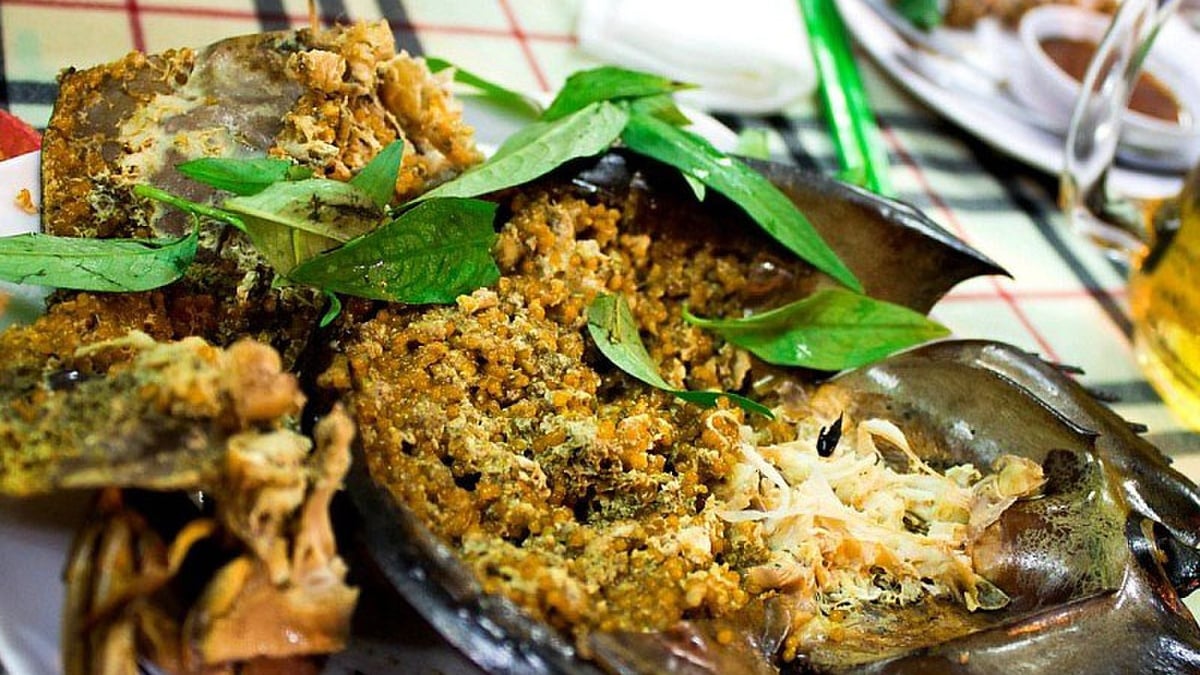

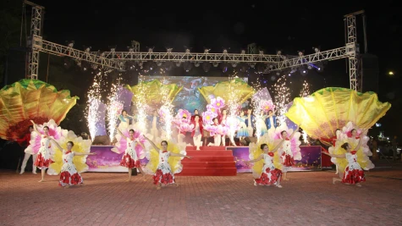
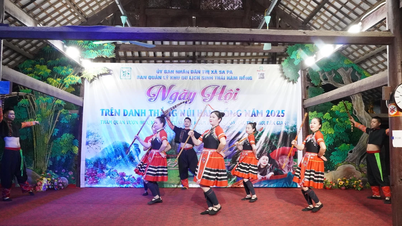








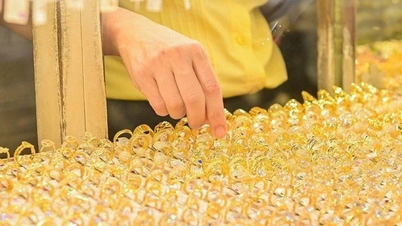



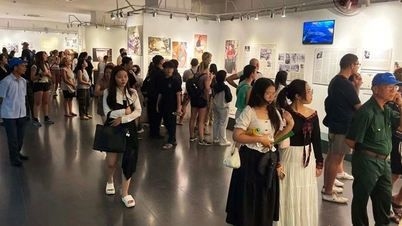











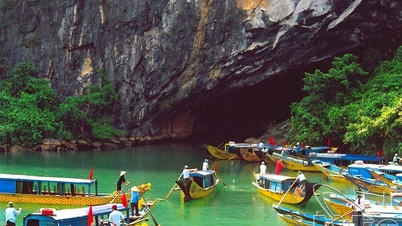

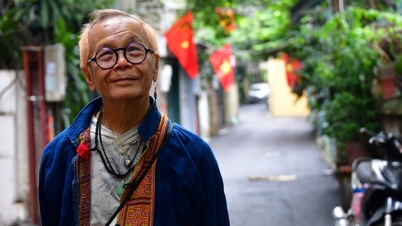










































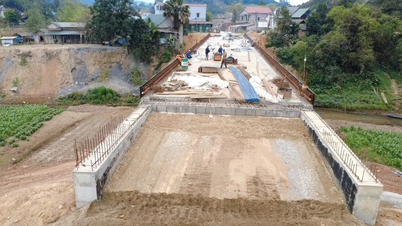

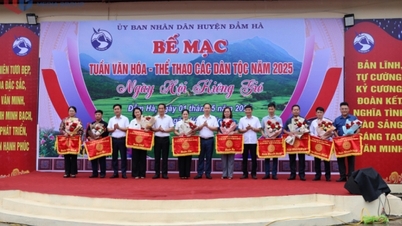








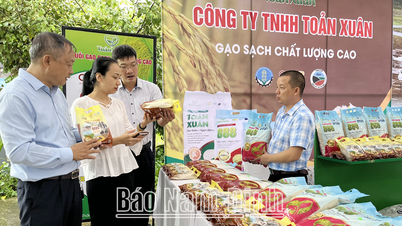



Comment (0)